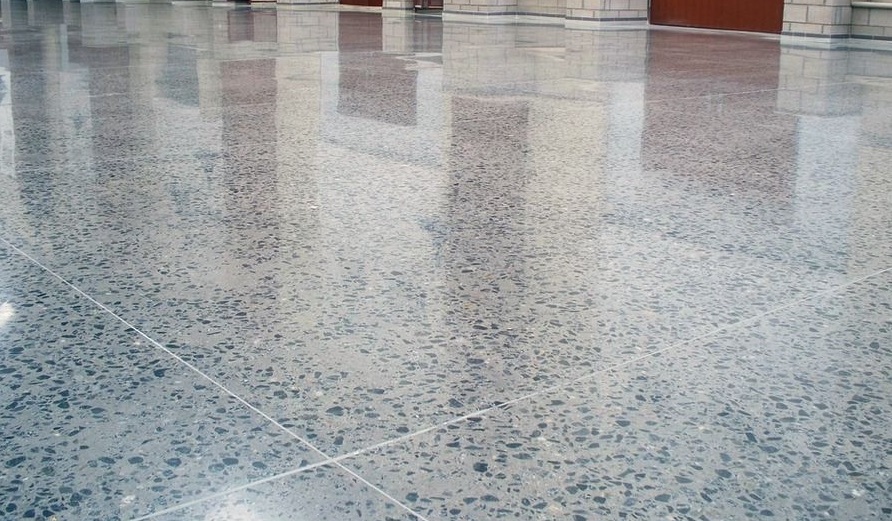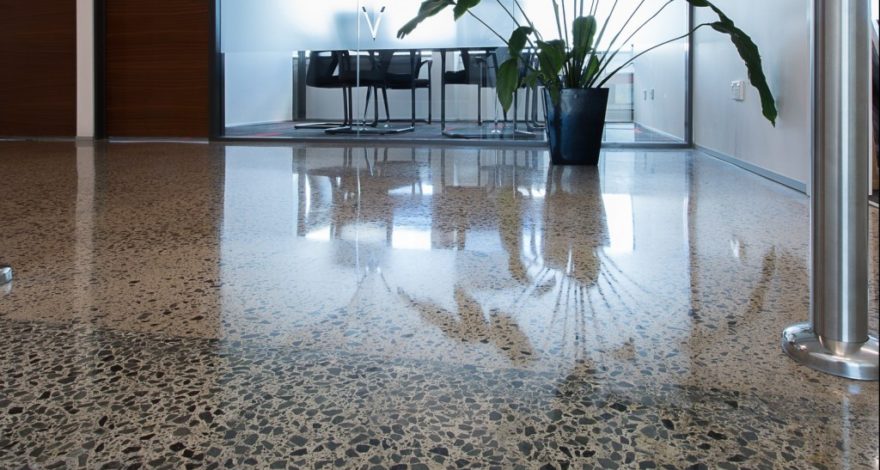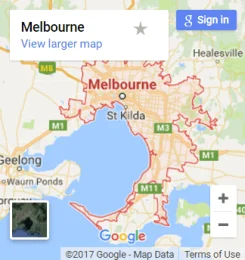Hey, welcome back! Are your timber floors looking dull and worn out? Do you dream of restoring their former glory and bringing that natural beauty back to life? Well, look no further! In this ultimate guide, we dive deep into timber floor buffing and polishing, unraveling the mysteries behind these two transformative processes.
Whether you’re curious about how professionals work their magic, get ready to understand the difference between buffing and floor polishing Melbourne like never before.
Let’s embark on this journey together as we unveil the secrets to achieving stunningly shiny, smooth floors that will leave everyone in awe. Get ready for some severe floor envy!
Introduction to Timber Floor Buffing and Polishing
When it comes to timber floors, there are two main types of finishes: buffing and polishing. Both offer a high-gloss finish that will make your floors look new again. But what’s the difference between the two?
Buffing uses a rotary machine with a brush or pad attachment to work the floor cleaner into the timber. This action loosens any dirt or grime built on the surface. Buffing also smooths out any scratches or scuffs on the floor.
Polishing, on the other hand, uses a finer-grade abrasive than buffing. This means that floor polishing is more effective at removing stubborn dirt and grime. It also leaves behind a smoother, shinier finish.
So, which one should you use on your timber floors? If you’re unsure, we recommend contacting our professional Floor Sanding and Polishing company. We can assess your floors and advise you on the best action.

What is the Difference between Buffing and Polishing?
Buffing and polishing are often used to achieve a high gloss finish on timber floors.
Buffing uses a rotary machine with a brush or pad attached to buff the floor. This process removes any dirt, stains or scratches on the floor’s surface and leaves behind a smooth, even finish.
On the other hand, floor polishing Melbourne uses a slightly abrasive solution to polish the floor and create a shiny, glossy finish. This process is often used on new floors or floors that have been recently refinished.
Benefits of Timber Floor Buffing and Polishing
There are many benefits to timber floor buffing and polishing, including:
- Increased durability – Regular buffed and polished timber floors will last longer and withstand more wear and tear than those that are not. This is because the buffing process removes any dirt or debris that could potentially damage the floor, while the polishing creates a protective layer over the surface.
- Enhanced appearance – Timber floors that are well-maintained with regular buffing and polishing will have a much more excellent appearance than those that are not. The process brings out the natural beauty of the wood grain and makes the floors look shiny and new.
- Improved safety – Timber floors that are adequately buffed and polished will be much safer to walk on than those that are not. The process removes slippery substances that could cause someone to slip and fall.
- Easy maintenance – Regular buffed and polished Timber floors will be much easier to clean and maintain than those that are not. This is because the process removes all dirt and debris from the surface, making it simpler to sweep or vacuum.
How to Prepare for Timber Floor Buffing and Polishing
Assuming that your timber floor has already been installed, there are a few things you need to do to prepare it for buffing and polishing.
First, you must ensure the floor is clean and free of any dirt or debris. You can do this by sweeping it with a broom or vacuum cleaner. Once done, cover the floor with a mop or cloth dampened with water. Be sure to wring out the material or mop before mopping, as you don’t want to leave any standing water on the floor.
Next, you need to sand the floor. This is an important step, as it will help to create a smooth surface for the buffing and polishing process. You can rent a sander from your local hardware store or hire a professional. Once the floor is sanded, you need to vacuum it again to remove any dust particles created by the sanding process.
You need to apply a sealant to the floor. This step is optional, but it can help to protect your floor from scratches and other damage during the buffing and polishing process. If you decide to apply a sealant, be sure to let it dry completely before starting the next step.
Conclusion
We hope this guide has given you a better understanding of the differences between timber floor buffing and polishing. The right choice will depend on your needs and preferences, so we suggest you consider each option and determine which is best suited for your home. Consider consulting with floor polishing Melbourne experts, Total Floor Sanding And Polishing to clear your confusion about which is the right service for you. Our experts are mastering both services. So, move towards proper care and maintenance with us to make timber floors look brand new regardless of age.
It takes some knowledge and a simple call to know more about buffing and polishing!


